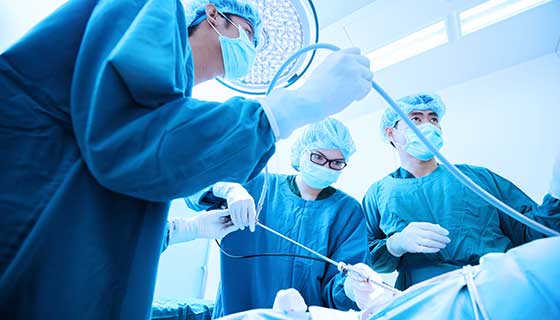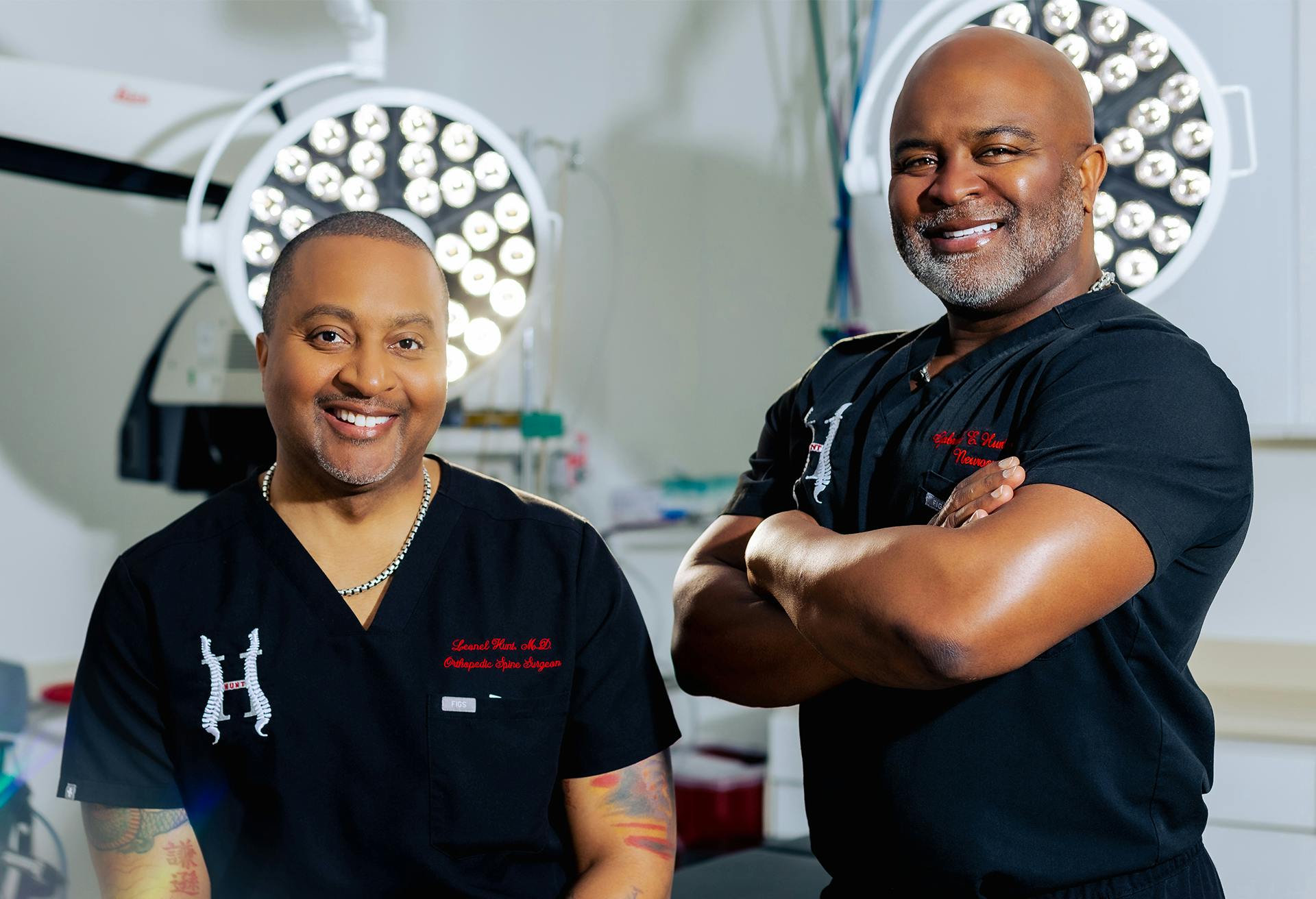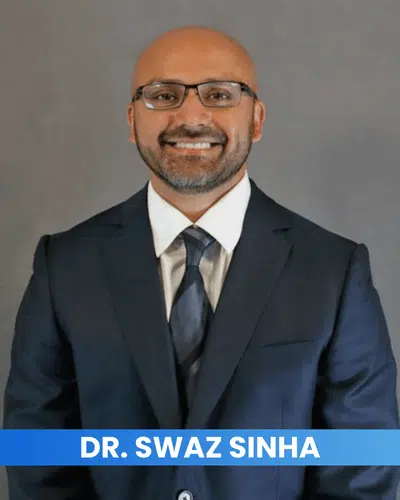Finding Affordable Options with the Best Spine Surgeons in St Louis MO
Finding Affordable Options with the Best Spine Surgeons in St Louis MO
Blog Article
A Review of Back Conditions That Often Cause Surgical Treatments
Back problems such as herniated discs, spine constriction, and degenerative disc condition often necessitate medical interventions when conservative therapies stop working to alleviate relentless signs. Understanding the subtleties of each condition and the corresponding medical choices, such as discectomy or spinal blend, is vital for effective monitoring.
Herniated Discs
Although lots of individuals with herniated discs may locate relief via traditional treatments, surgical treatment becomes a needed consideration when signs persist or get worse - best spine surgeons in st louis mo. A herniated disc happens when the soft internal gel of a spinal disc extends through its outer layer, possibly compressing close-by nerves and leading to discomfort, numbness, or weak point in the extremities
Traditional administration commonly includes physical treatment, pain medications, and corticosteroid shots, which intend to lower inflammation and enhance feature. Nevertheless, in instances where these methods stop working to relieve incapacitating signs and symptoms, medical options may be checked out.
One of the most usual surgery for herniated discs is a discectomy, which includes the removal of the herniated part of the disc to soothe pressure on the affected nerve root. In much more serious situations, back blend may be necessary to support the impacted vertebrae.
Individuals are encouraged to review the possible threats and advantages of surgery with their healthcare supplier to make an educated choice. Inevitably, the objective of any type of surgical intervention is to restore function, minimize pain, and improve overall lifestyle for individuals experiencing herniated discs.
Back Constriction
Back constriction happens when the areas within the spine narrow, leading to increased stress on the back cable and nerves. This condition can establish in different areas of the spinal column, consisting of the cervical and back areas, typically because of age-related changes, such as degenerative disc disease, joint inflammation, or enlarging of ligaments.
Patients with back constriction may present with signs and symptoms that include pain, numbness, prickling, or weakness, mainly in the legs or arms. These signs and symptoms can be worsened by activities that entail standing or strolling, usually leading people to look for alleviation via conventional treatments like physical therapy, medications, or epidural steroid shots.
However, when these non-surgical treatments stop working to offer ample alleviation, surgical options may be taken into consideration. Usual medical treatments for back constriction consist of laminectomy, which entails the removal of part of the vertebra to ease stress, and spine blend, which stabilizes the affected area.
Spondylolisthesis
Spondylolisthesis happens when one vertebra slides onward over another, resulting in imbalance of the back. This problem can arise from numerous factors, including hereditary issues, injury, or degenerative changes in the spinal column. It is most frequently observed in the back region, particularly at the L4-L5 and L5-S1 levels.

Treatment options vary based on the intensity of the slippage and the symptoms offered. Conventional actions, consisting of physical therapy, discomfort monitoring, and activity modification, are often the initial line of protection. When non-surgical strategies stop working to ease symptoms or when substantial nerve compression is present, medical treatment may be necessitated. Surgical alternatives can include back combination or decompression procedures, aimed at recovering placement and reducing neurological signs. Early diagnosis and proper management are critical for ideal outcomes in individuals with spondylolisthesis.
Degenerative Disc Illness

The condition can be diagnosed via a mix of scientific examination, imaging studies, and client background. When these strategies stop working to offer sufficient alleviation, medical interventions might be thought about.
Surgical alternatives for DDD may consist of spinal blend or man-made disc replacement, focused on stabilizing the affected sector and reducing discomfort (best spine surgeons in st louis mo). Inevitably, the option of therapy is embellished, considering the intensity of the condition, individual health, and way of life factors
Spine Lumps

What aspects add to the development of tumors within the spinal column, and just how do they show up in patients? Spinal tumors can develop from different variables, consisting of hereditary predisposition, environmental influences, and pre-existing medical conditions. They can be categorized as main growths, coming from the back, or second tumors, which spread out from various other areas of the body. People might offer with a series of signs and symptoms, consisting of local discomfort, neurological deficiencies, weak point, or adjustments in digestive tract and bladder feature, relying on the lump's dimension and place.
Medical diagnosis typically involves imaging studies such as MRI or CT checks, which aid define the lump's features and effect on bordering structures. In evaluating therapy alternatives, the growth's type, grade, and place are crucial considerations. Surgical treatment may be necessitated to relieve signs, obtain a biopsy, or get rid of the growth entirely. The objective of surgical treatment is frequently to unwind neural aspects and maintain the spinal column. hop over to here Adjuvant therapies, consisting of radiation or radiation treatment, may additionally be required relying on the growth's nature. Early discovery and intervention are critical for enhancing end results in clients with back growths.
Verdict
In summary, spinal column problems such as herniated discs, back stenosis, spondylolisthesis, degenerative disc illness, and spinal lumps frequently necessitate surgical treatment as a result of their potential to trigger substantial pain and practical disability. While traditional treatments may provide momentary alleviation, medical options become vital when signs linger or worsen. Timely diagnosis and intervention play a vital duty in recovering feature and boosting the quality of life for affected individuals, underscoring the value of thorough back treatment.

Report this page